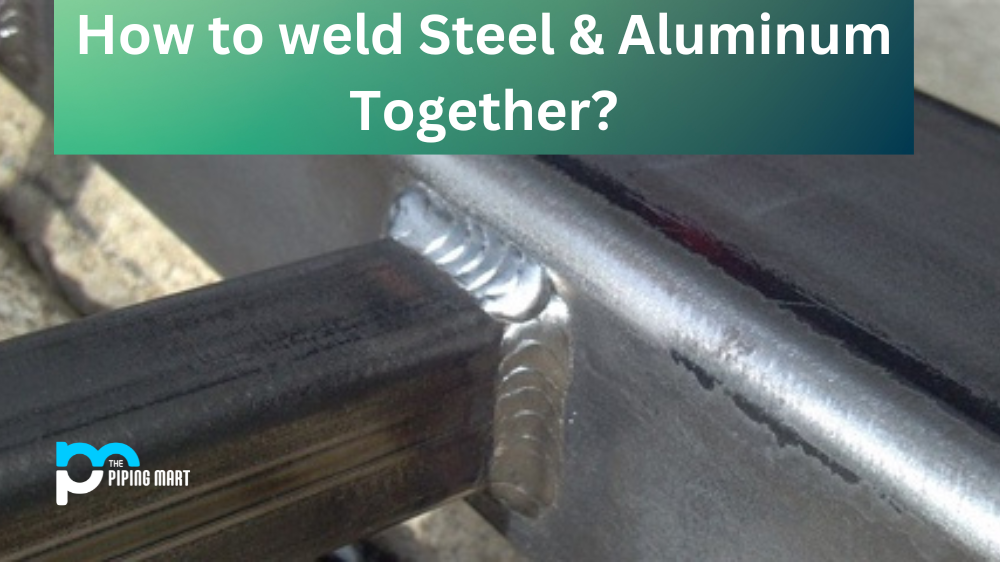When it comes to welding, there are two main types of welding processes – Gas Metal Arc Welding (GMAW) and Shielded Metal Arc Welding (SMAW). Both techniques have advantages and disadvantages, so it’s essential to know how each works to make an informed decision about which type of welding is best for your job. In this blog post, we’ll break down the differences between GMAW and SMAW so that you can decide which process is right for you.
GMAW Process
Gas Metal Arc Welding (GMAW) is known as MIG (Metal Inert Gas) welding. It involves feeding a continuous wire through a gun-like device that supplies an electric current to the wire and directs its movement with the help of compressed air or gas. A shielding gas is released from the nozzle while the wire is melted to protect the weld from atmospheric contamination. GMAW has become popular because it produces consistent results with relatively little spatter or cleanup required after welding. It’s also great for short-term projects because it requires less set-up time than SMAW processes.
Additionally, GMAW can be used on various materials, including steel, aluminum, stainless steel, brass, bronze, and copper alloys. Gmaw is a welding process that uses a wire coated in flux to create an arc between the wire and the metal being welded. The arc melts the wire and the metal, which fuse to create a weld. Gmaw is a versatile welding process used on various metals, including steel, stainless steel, aluminium, and cast iron.
SMAW Process
Shielded Metal Arc Welding (SMAW) is also known as stick welding due to its use of a rod-shaped electrode connected to an electrical power source via clamps or cables. This process relies on flux-coated electrodes to create an arc between the electrode and the base material to produce heat strong enough to melt both components together without introducing contaminants into the weld zone. SMAW is considered one of the most versatile welding methods available since it can be used on a wide range of metals, including mild steel, aluminum, stainless steel, cast iron, copper alloys, nickel alloys, titanium alloys and chromoly steels; however, it does require more skill than other processes such as GMAW since it’s more difficult to control heat input levels when using this methodSmaw Smaw is a welding process that uses an electrode that is coated in flux to create an arc between the electrode and the metal being welded. The arc melts the electrode and the metal, which fuse to create a weld. Smaw is a versatile welding process used on various metals, including steel, stainless steel, aluminum, and cast iron.
Difference Between GMAW and SMAW
Advantages of SMAW
Some advantages of smaw include its versatility, portability, and affordability. Additionally, smaw is relatively easy to learn and does not require as much training as other welding processes.
Advantages of GMAW
Some of the advantages of gmaw include its high welding speed, low cost of operation, and minimal amount of fumes and sparks. Additionally, gmaw is relatively easy to learn and does not require as much training as other welding processes.
Disadvantages of SMAW
Some disadvantages of smaw include its low welding speed, high cost of operation, and a large amount of fumes and sparks. Additionally, smaw can be more difficult to master than other welding processes.
Disadvantages of GMAW
Some disadvantages of gmaw include its limited portability, high cost of equipment, and a large amount of fumes and sparks.
Conclusion:
When choosing between GMAW vs SMAW processes for your next project, several factors need to be considered, such as metal thicknesses being welded together, the available budget for equipment needed for either process and the skill level required by each process in order to achieve desired results. While both methods offer advantages depending on what you’re looking for in terms of speed & cost-effectiveness or metal compatibility & workmanship quality – understanding exactly what each process entails will help determine which welding technique will provide optimal results for your specific project needs! Ultimately only you can decide which method will suit your individual needs best. Still, no matter which one you choose – knowing both processes ensures that your projects are completed successfully!

Abhishek is a seasoned blogger and industry expert, sharing his insights and knowledge on various topics. With his research, Abhishek offers valuable insights and tips for professionals and enthusiasts. Follow him for expert advice on the latest trends and developments in the metal industry.



